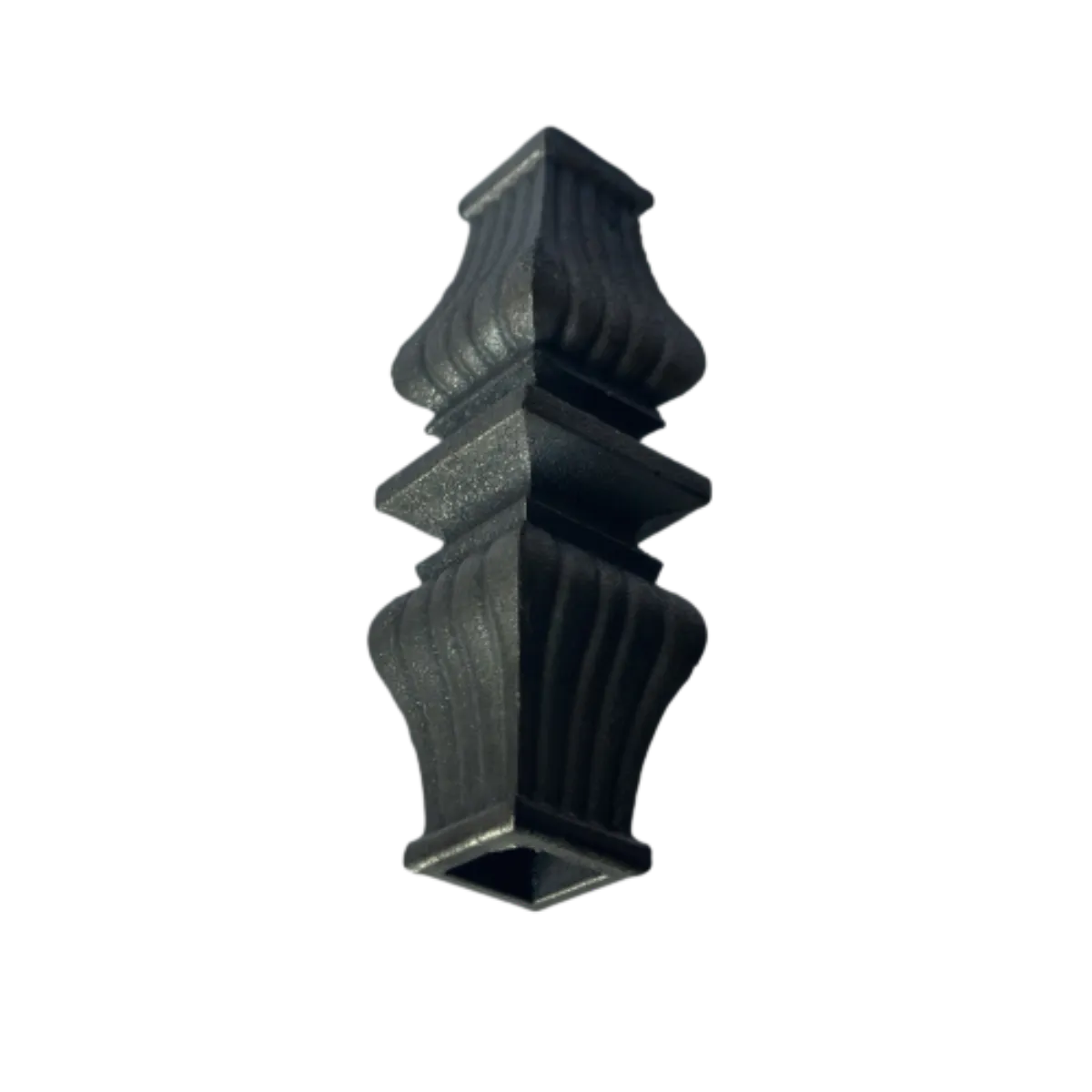cast iron bushings
Understanding Cast Iron Bushings A Guide to Strength and Durability
Cast iron bushings are essential components used in various mechanical systems to provide support, reduce friction, and accommodate movement. Renowned for their robust properties and durability, cast iron bushings are employed in numerous industries, from automotive to manufacturing. This article explores the characteristics, benefits, and applications of cast iron bushings.
Characteristics of Cast Iron Bushings
Cast iron is an alloy of iron, carbon, and silicon, which provides it with unique properties. The main types of cast iron used for bushings include gray cast iron, ductile (or nodular) cast iron, and white cast iron, each with its specific attributes.
Gray cast iron, known for its excellent castability and machinability, contains graphite flakes that enhance its wear resistance. Ductile cast iron, on the other hand, possesses superior tensile strength and ductility, making it resistant to impact and enabling it to withstand higher loads. White cast iron, though less common, is hard and brittle, making it suitable for specific high-wear applications.
Benefits of Cast Iron Bushings
1. High Load-Bearing Capacity One of the standout characteristics of cast iron bushings is their ability to support significant loads. This makes them ideal for heavy machinery applications where durability and reliability are crucial.
2. Wear Resistance Cast iron’s hardness allows bushings to endure friction and wear over time, which is particularly important in moving parts that face constant abrasion.
3. Cost-Effectiveness Compared to bushings made from other materials, cast iron is relatively inexpensive. Its long service life further contributes to cost savings in industrial applications.
cast iron bushings

4. Vibration Damping Cast iron has excellent vibration-damping properties, which is vital in reducing noise and improving the comfort of machinery operation.
5. Thermal Stability Cast iron bushings can withstand considerable temperature variations without losing their structural integrity. This thermal stability is crucial in applications where temperature fluctuations are common.
Applications of Cast Iron Bushings
The versatility of cast iron bushings allows them to be utilized in a host of applications. In the automotive industry, they are frequently used in engine blocks, suspension systems, and transmission components, where they help reduce friction between moving parts.
In the manufacturing sector, cast iron bushings are common in heavy machinery, including conveyor systems and lathes, where their durability is essential for optimal performance. Moreover, they are also employed in the construction industry, particularly in machines like cranes and excavators, where heavy loads and stresses are prevalent.
Beyond industrial use, cast iron bushings are found in various household appliances, such as washing machines and compressors, demonstrating their widespread applicability.
Conclusion
Cast iron bushings represent a fusion of strength, durability, and cost-effectiveness, making them an ideal choice for many mechanical applications. As industries continue to evolve, the need for reliable, long-lasting components like cast iron bushings will undoubtedly remain vital. Understanding their properties and applications can help manufacturers and engineers make informed decisions, ensuring the efficiency and longevity of their machinery and equipment. By leveraging the advantages of cast iron, companies can optimize performance while minimizing maintenance costs, thereby sustaining their competitiveness in today’s fast-paced industrial landscape.
-
Wrought Iron Components: Timeless Elegance and Structural StrengthNewsJul.28,2025
-
Window Hardware Essentials: Rollers, Handles, and Locking SolutionsNewsJul.28,2025
-
Small Agricultural Processing Machines: Corn Threshers, Cassava Chippers, Grain Peelers & Chaff CuttersNewsJul.28,2025
-
Sliding Rollers: Smooth, Silent, and Built to LastNewsJul.28,2025
-
Cast Iron Stoves: Timeless Heating with Modern EfficiencyNewsJul.28,2025
-
Cast Iron Pipe and Fitting: Durable, Fire-Resistant Solutions for Plumbing and DrainageNewsJul.28,2025
-
 Wrought Iron Components: Timeless Elegance and Structural StrengthJul-28-2025Wrought Iron Components: Timeless Elegance and Structural Strength
Wrought Iron Components: Timeless Elegance and Structural StrengthJul-28-2025Wrought Iron Components: Timeless Elegance and Structural Strength -
 Window Hardware Essentials: Rollers, Handles, and Locking SolutionsJul-28-2025Window Hardware Essentials: Rollers, Handles, and Locking Solutions
Window Hardware Essentials: Rollers, Handles, and Locking SolutionsJul-28-2025Window Hardware Essentials: Rollers, Handles, and Locking Solutions -
 Small Agricultural Processing Machines: Corn Threshers, Cassava Chippers, Grain Peelers & Chaff CuttersJul-28-2025Small Agricultural Processing Machines: Corn Threshers, Cassava Chippers, Grain Peelers & Chaff Cutters
Small Agricultural Processing Machines: Corn Threshers, Cassava Chippers, Grain Peelers & Chaff CuttersJul-28-2025Small Agricultural Processing Machines: Corn Threshers, Cassava Chippers, Grain Peelers & Chaff Cutters












